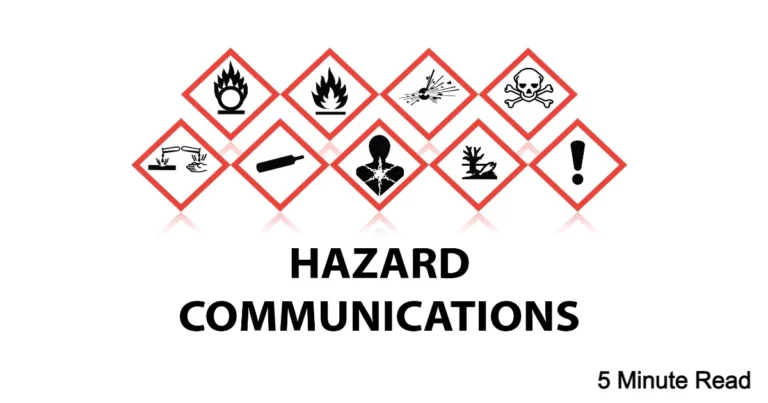Strength in Numbers: Understanding Surety Ratings in Construction
In the construction industry, where accuracy and dependability are crucial, surety bonds are frequently a crucial component that unlocks project success. Furthermore, the financial foundation of surety bonds—which is frequently denoted by a numerical rating—is what drives them. Surety Ratings are more than just numbers; they are an indication of a company’s stability and strength of finances. We’ll explain the meaning of Surety Ratings, their function in public construction projects, and their importance in the construction industry in this blog post.
Deciphering Surety Ratings:
In essence, surety bond companies receive credit ratings from reputable rating agencies, which are known as surety ratings. These rankings function as an indicator of the surety company’s stability, dependability, and financial health.Surety Ratings become even more important when it comes to public construction projects.
The Significance of Surety Ratings:
- Critical for Public Projects: Surety Ratings are essential in the field of public construction projects. To guarantee the parties’ financial stability, many public agencies and project owners require bonds from sureties with a specific minimum rating. This stipulation ensures that projects are carried out according to schedule and helps safeguard public funds.
- Financial Strength: The surety company’s financial stability is demonstrated by a high surety rating. It is an indication that the business is solvent and able to pay bond claims for project performance and payment as well as meet its bond obligations.
- Mitigation of Risk: Surety Ratings are another useful tool for contractors and project owners to reduce risk. Their reliance on highly rated surety bonds lowers the risk of monetary losses and project delays.
- Competitive Advantage: In the construction sector, Surety Ratings may provide an advantage over competitors. Strong-rated contractors and surety firms are seen as more dependable and trustworthy partners, which leads to more opportunities.
- Mitigation of Risk: Surety Ratings are another useful tool for contractors and project owners to reduce risk. Their reliance on highly rated surety bonds lowers the risk of monetary losses and project delays.
- Competitive Advantage: In the construction sector, Surety Ratings may provide an advantage over competitors. Strong-rated contractors and surety firms are seen as more dependable and trustworthy partners, which leads to more opportunities.
Rating Agencies:
Surety companies are evaluated by multiple reputable rating agencies, which then assign Surety Ratings. Among the renowned organizations are Moody’s, Standard & Poor’s, and A.M. Best. Every agency evaluates sureties using a different methodology and set of standards.
Managing Surety Ratings:
Retaining a high Surety Rating requires careful underwriting, responsible financial management, and a dedication to bond fulfillment. To maintain their ratings, surety companies must effectively manage their operations and financial situation.
Conclusion: The Pillars of Trust
Surety Ratings are more than just figures on a page; they are the cornerstones of confidence supporting the construction industry. They guarantee that there is sufficient funding available to finish public projects on schedule. They provide a barrier against monetary risks and interruptions for contractors and project owners. In the ever-changing world of construction, where success is largely determined by trust and financial stability, Surety Ratings are the embodiment of dependability.






